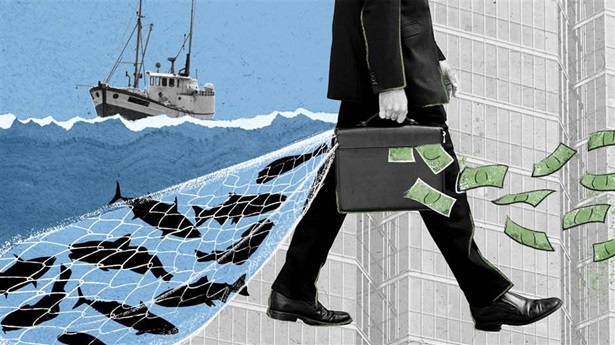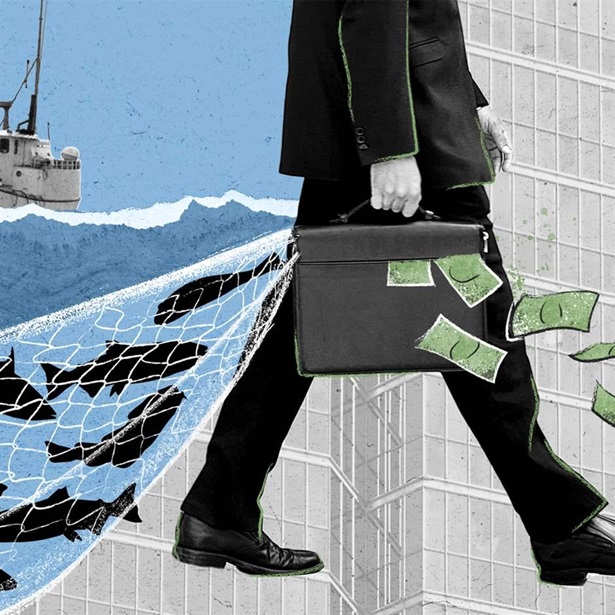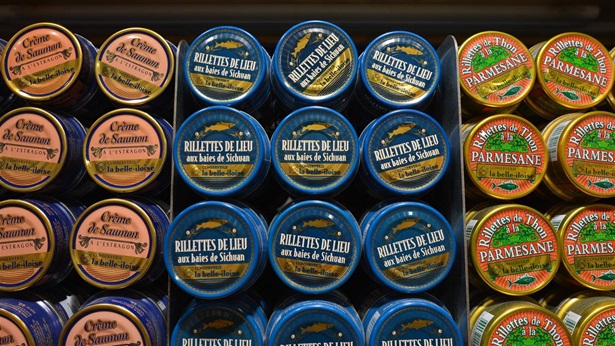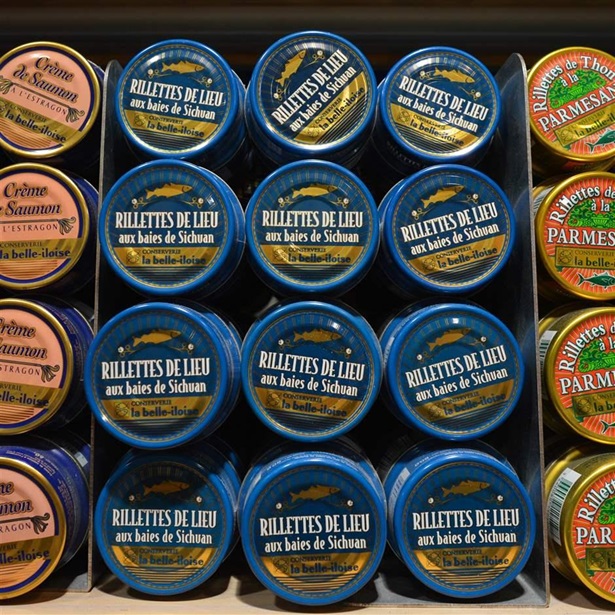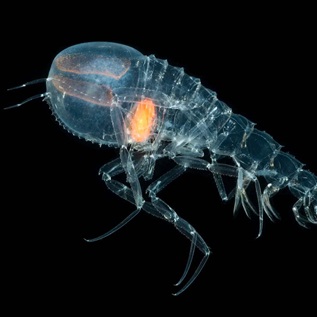Seafood Buyers Should Advocate for Greater Transparency of Fishing Vessel Ownership
Consumers deserve to know more about who ultimately profits from fish sales
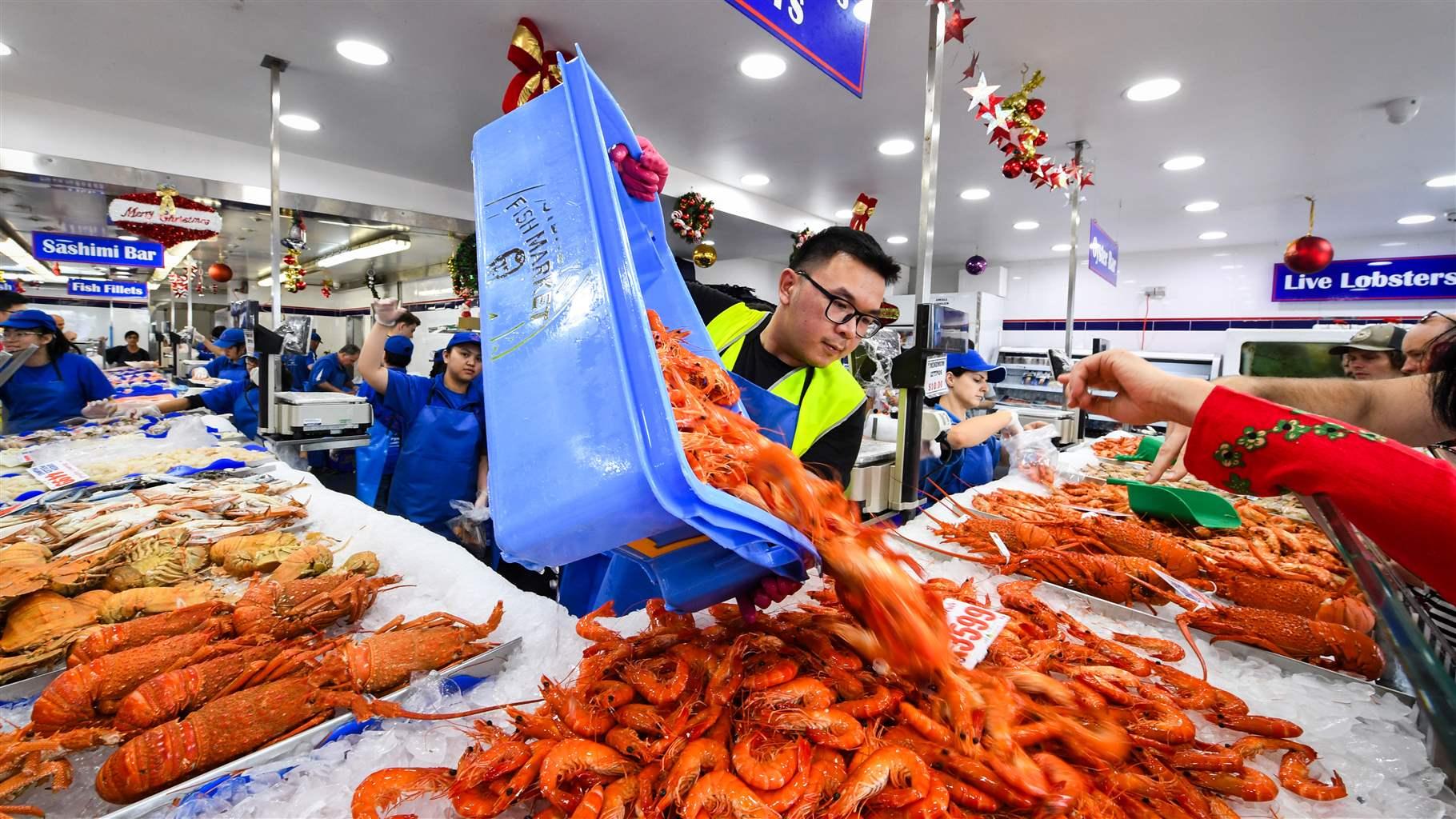
The global seafood supply chain, despite progress in recent years, has a transparency problem: In many cases, it can be difficult for seafood wholesalers and retailers to determine if the fish they buy and sell was caught legally and sustainably.
These businesses can and should play critical roles in holding fishers and governments accountable to their commitments to sustainability – and to complying with fishing rules. In recent years, seafood buyers have taken important stands by calling for environmentally sound catch limits and more insight into fisheries managers’ decision-making. Now, wholesalers and retailers have a new opportunity to call for greater transparency around a persistently opaque element of the fishing industry: Who actually reaps most of the money from commercial fishing?
An ultimate beneficial owner (UBO) is the person or persons who maintain the final control or profit from a company’s operations. Though every country defines UBO differently, most say a UBO owns or controls at least 25% of a company.
All companies have a UBO but frequently – for example, in many cases of known illegal, unreported or unregulated (IUU) fishing – authorities have a hard time identifying and tracking down that owner. Instead, penalties for breaking the law are too often levied on the captain of a vessel or occasionally the crew while the UBO, who potentially orchestrated the crime, avoids punishment. With full transparency of UBO identities, States could bring those who profit from IUU fishing to justice.
In some cases, UBO information is hidden through multiple levels of shell companies or joint ventures. Although some countries do collect data on beneficial ownership, much of the time that data is released only to certain ministries – outside of the hands of fisheries authorities and hidden from the public and other interested parties, such as the media and civil society groups. Aside from the obvious legal ramifications of this, burying the identity of UBOs can make it difficult for seafood businesses and consumers to conduct due diligence when deciding what to purchase.
There are many reasons companies may hide their UBOs. Some may obscure them to get around flag registry laws that favor local over international ownership. By registering their vessels in a specific country, UBOs can access fisheries set aside for subsistence and other local fishers even if they aren’t in fact based there. This takes catch opportunities – and revenue – away from citizens of those countries who depend on fish for survival and jobs. UBOs can use similar sleight of hand to access high seas fisheries that are supposed to be reserved for member States of regional fisheries management organizations (RFMOs).
By tracking beneficial owners at the flag or license level and making the data public, governments would enhance transparency and allow seafood buyers such as suppliers and retailers more visibility into who is providing their fish and profiting from it. Such transparency would also improve risk assessment of fishing fleets by allowing enforcement officials to associate bids for entry into port with proven IUU fishing vessels, essentially screening for bad behavior before the catch is even landed.
In just one example, if a vessel is found to have fished illegally or otherwise broken the law, including through abusive labor conditions, UBO transparency would allow suppliers to check other boats owned by that individual or company for similar crimes. Retailers and suppliers could better protect their reputations and brands by avoiding illegal operators and give customers peace of mind knowing that the seafood they are purchasing was caught legally and potentially more sustainably.
By demanding more information from fishing companies, seafood buyers can encourage the coastal States that supply their fish to better steward their natural resources and help consumers who purchase their products make informed decisions. To accomplish this, buyers should start with the following steps:
- Support the call for greater ownership transparency and advocate at the country and RFMO level for public vessel registries that are easy to find online and contain ownership, including beneficial ownership, data.
- Make every effort to map their supply chains, down to the vessel level. This includes identifying the current flag State for each vessel, registered and beneficial owners, and where they fish.
- Support efforts to close loopholes within existing beneficial ownership frameworks.
By using their advocacy power and their voice, buyers can put pressure on States and international organizations to work towards holding the true owners of fishing fleets accountable for their actions and to ensure that consumers can feel more confident in the origins of the seafood they buy.
Gina Fiore is an officer and Katy Hladki a senior officer on Pew’s international fisheries team.


